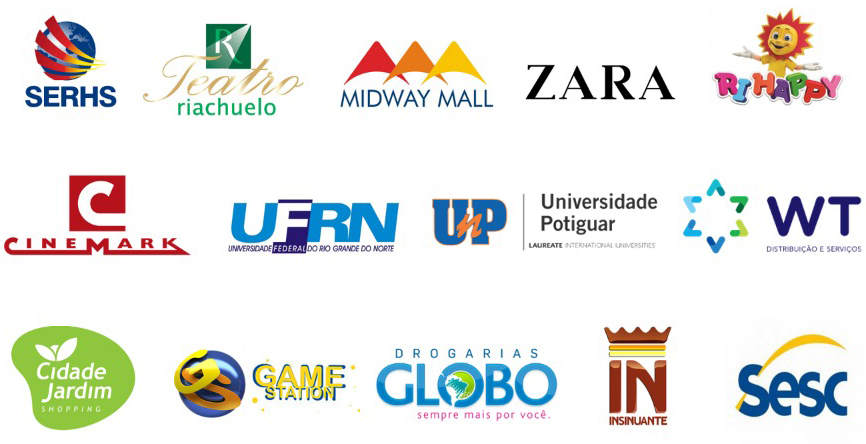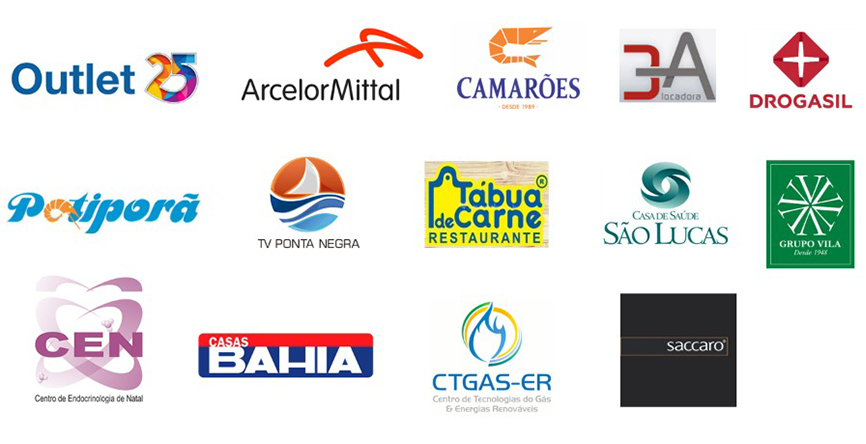Whether NFTs are a good investment depends on factors like the types of NFTs you buy, your investment goals and your risk tolerance. Long-term investors should understand that the NFT market has been around for just a few years, so it’s impossible to know whether buying and holding NFTs over the long term is a good strategy. While the early hype surrounding NFTs has seemingly worn off, enthusiasts say there is value in the underlying blockchain technology that serves as the backbone of the NFT market. They see utility and growth potential in the NFT market that could differentiate it from other collectible fads, such as the Beanie Baby bubble of the 1990s. • NFTs are still a brand-new technology, and we can’t yet see all of the ways in which they will be used. Digital scarcity is a genuinely important concept that will open up an entirely new economy of unique digital goods, and we should be patient and open-minded while we wait to see what’s going to be built with them.
The entry-level price, aka floor price, of the least expensive Bored Ape Yacht Club NFT fetches slightly more than $50,000. Large markets for NFTs also exist in fashion, music and domain names. Some NFTs even have real-world uses, such as club membership and event access. Blueprint is an independent, advertising-supported comparison service focused on helping readers make smarter decisions. We receive compensation from the companies that advertise on Blueprint which may impact how and where products appear on this site. The compensation we receive from advertisers does not influence the recommendations or advice our editorial team provides in our articles or otherwise impact any of the editorial content on Blueprint.
Non-fungible tokens, which use blockchain technology like cryptocurrency, are generally impossible to hack. However, the weak link in all blockchains is the key to your NFT. The software that https://www.forexbox.info/ stores the keys can be hacked, and the devices you hold the keys on can be lost or destroyed—so the blockchain mantra “not your keys, not your coin” applies to NFTs as well as cryptocurrency.
How much are NFTs worth?
Yes, there have been a number of NFT thefts in recent months, as the price of popular NFTs has climbed. And hackers recently stole $1.7 million worth of NFTs from users of OpenSea, the largest NFT trading platform. But a defense of NFTs I’ve heard from people in the industry — or, at least, an explanation for their popularity — is that NFTs aren’t unique in their uselessness. People spend money on objects of no practical value all the time — maybe to feel good, maybe to show off to their friends, maybe to signal membership in a group. Some objects we buy are tangible (designer clothes, expensive jewelry) and some are digital objects (Fortnite skins, short Instagram usernames).
Empires have been built selling useless luxuries to rich people, and even if all that NFTs represented was a new class of luxury digital good, they would still be worth taking seriously as an emerging industry. With NFTs, artwork can be “tokenised” to create a digital certificate of ownership that can be bought and sold. The digital tokens can be thought of as certificates of ownership for virtual or physical assets. To be sure, the idea of digital representations of physical assets is not novel, nor is the use of unique identification. However, when these concepts are combined with the benefits of a tamper-resistant blockchain with smart contracts and automation, they become a potent force for change.
They are also extensible, meaning you can combine one NFT with another to create a third, unique NFT—the cryptocurrency industry calls this “breeding.” NFTs use blockchain technology, just like cryptocurrencies. But cryptocurrencies are fungible, or interchangeable, while each NFT is unique, or non-fungible. Generally, digital assets such as cryptocurrency are considered risky investments, which should comprise only a small portion of your portfolio. Additionally, buying and selling and NFT is a taxable event, and using crypto to buy an NFT is an additional taxable event. While this isn’t a negative or positive, it is important to remember.
- Highly publicized examples of NFTs have been in visual art, especially videos and still images.
- The internet essentially works like a giant copy machine — any digital file can be duplicated an infinite number of times, and every copy is exactly the same as the original.
- Because NFTs are uniquely identifiable, they differ from cryptocurrencies, which are fungible.
- Beyond the innovation of digital scarcity, some believe NFTs have the potential to change the relationship between content creators and consumers.
Blockchain-based tokens could be used to guarantee ownership of physical property and cut out expensive intermediaries who traditionally handle titling services and related legal documentation. It’s still early days https://www.day-trading.info/ for NFTs, though, so more ideas could emerge in the years ahead. NFTs can have only one owner at a time, and their use of blockchain technology makes it easy to verify ownership and transfer tokens between owners.
How to pay for an NFT
Even so, non-fungible tokens could be an important technological development. In a new digital era that blurs the lines between the physical and virtual worlds, a new way to track digital asset ownership and distribution online will be increasingly important. These blockchain-based tokens could also disrupt financial intermediaries and lower the cost of buying and selling big-ticket items such as autos and real estate. That doesn’t necessarily mean you should invest in highly speculative NFTs, but, at the very least, their development is worth keeping an eye on. Besides representing a way for digital artists and other creators to monetize their work, NFTs are imagined as the evolution of art investing and collecting and as part of a new cryptocurrency investment asset class.
NFTs are sold in many ways, including through private sales, traditional auction houses and online marketplaces. Understanding NFTs also requires at least a baseline understanding of how blockchain technology works. In short, a blockchain produces a record of activity, like transactions or a record of ownership, that is maintained by a distributed network of computers.
It’s certainly true that there are large platforms in the NFT world. The internet essentially works like a giant copy machine — any digital file can be duplicated an infinite number of times, and every copy is exactly the same as the original. This is part of “The Latecomer’s Guide to Crypto,” a mega-F.A.Q. Kevin Roose, a Times technology columnist, is answering some of the most frequently asked questions he gets about DAOs, DeFi, web3 and other crypto concepts.
But he warned that they come with risks, including fake listings and sellers who don’t follow through after money is exchanged. NFT transactions and ownership are recorded on a blockchain network, ensuring they are verified and cannot be altered. Because blockchains are public, NFT collectors don’t have to worry about counterfeiting the same way collectors of physical art do. In many NFT sales, what the buyer gets is simply the unique entry in the blockchain database that identifies them as the owner of the digital good — the token, rather than the thing the token represents.
She has worked in multiple cities covering breaking news, politics, education, and more. Her expertise is in personal finance and investing, and real estate. But keep in mind, an NFT’s value is based entirely on what someone else is willing to pay for it.
How to sell NFTs
At the end of October 2021, there were nearly 7,000 different types of cryptocurrencies worldwide. Most NFTs are built on Ethereum, but many of these tokens utilize a different blockchain or were built on a proprietary NFT platform. As a result, there are innumerable individual NFTs representing https://www.forex-world.net/ works of art, videos, video game content, music, and more. As more artists and creators make use of NFTs to secure and monetize their work, this number will only increase over time. To bid on these digital asset tokens, you’ll need to open and fund a crypto wallet on an NFT marketplace.
For example, personal information stored on an immutable blockchain cannot be accessed, stolen, or used by anyone who doesn’t have the keys. Perhaps the most famous use case for NFTs is that of cryptokitties. Launched in November 2017, cryptokitties are digital representations of cats with unique identifications on Ethereum’s blockchain. They “reproduce” among themselves and create new offspring with other attributes and valuations compared to their “parents.”
Money laundering
Fractionalized ownership through tokenization can extend to many assets. For instance, a painting need not always have a single owner—tokenization allows multiple people to purchase a share of it, transferring ownership of a fraction of the physical painting to them. Like physical money, cryptocurrencies are usually fungible from a financial perspective, meaning that they can be traded or exchanged, one for another.
You can post an Instagram of the Mona Lisa next time you visit Paris, or you can even buy a faithful real-world reproduction. But there’s only one version that’s commonly accepted to be the true copy, and that’s at the Louvre in Paris. It can be harder to discern the difference between an original and a copy of something when they are both digital — and often you can’t tell the difference — but the underlying idea is the same. Because the uses of NFTs can extend into everyday life, some say that NFTs are the kind of consumer product that can help get everyday people familiar with the concepts of cryptocurrency and blockchain technology.

